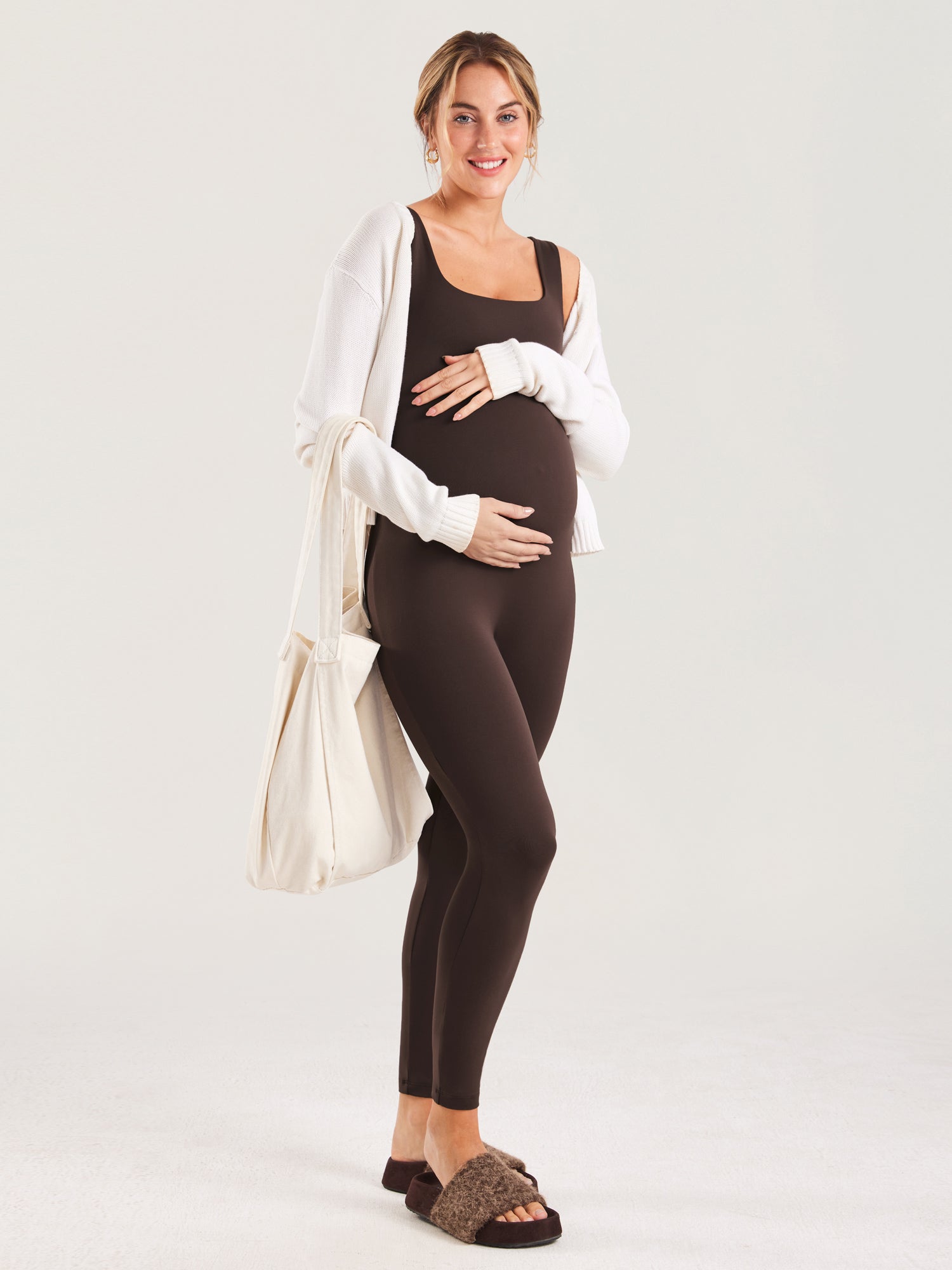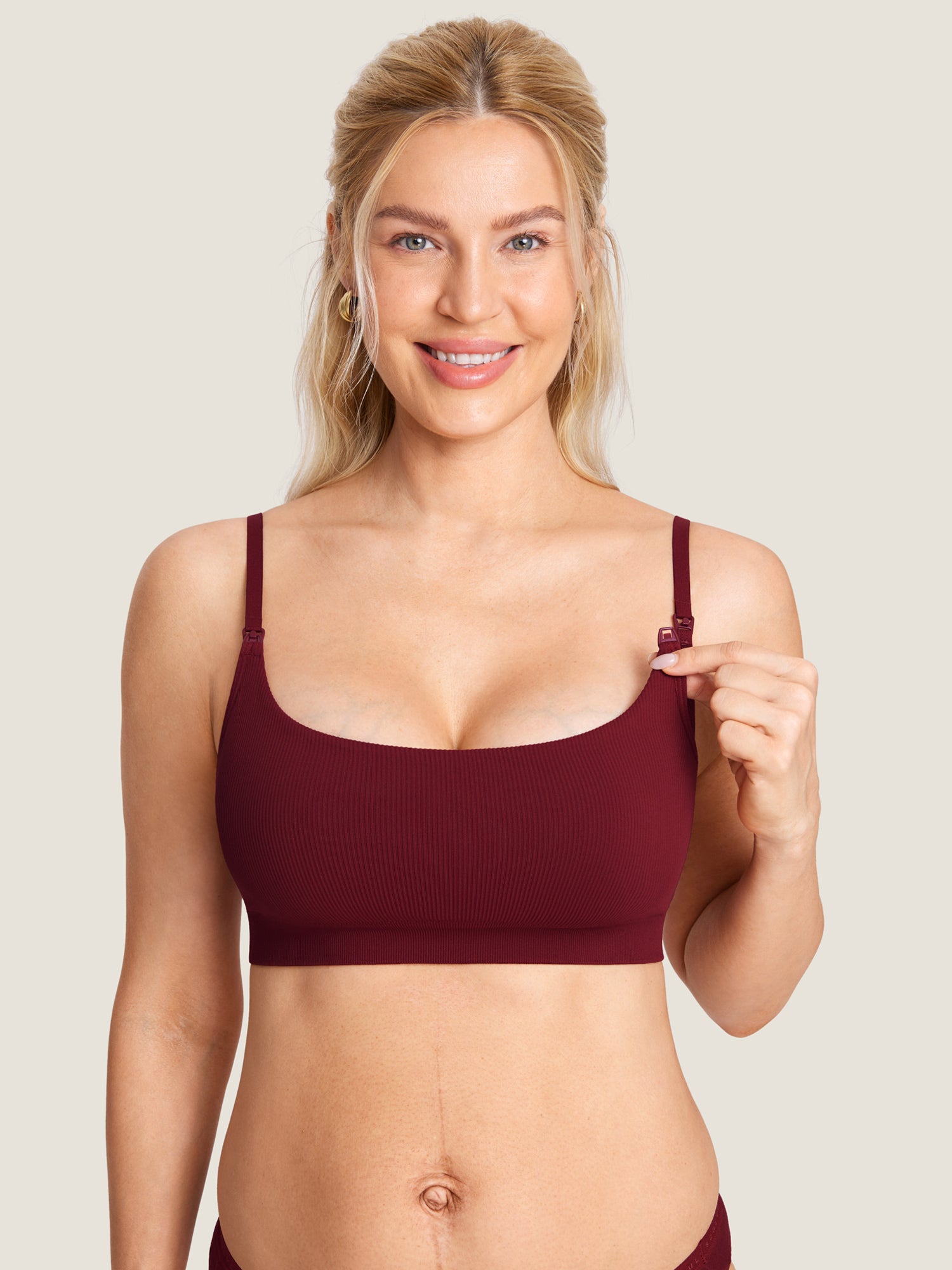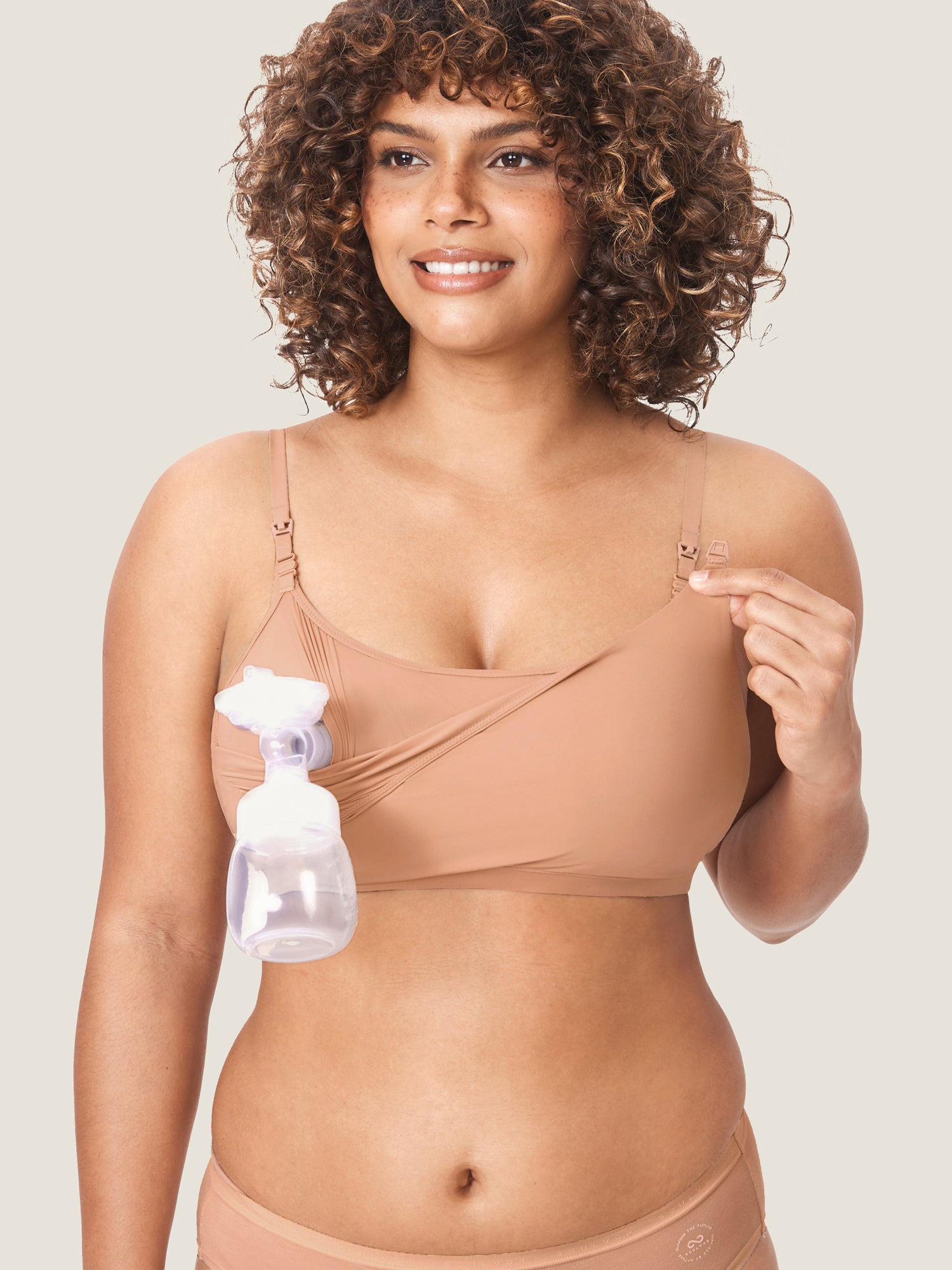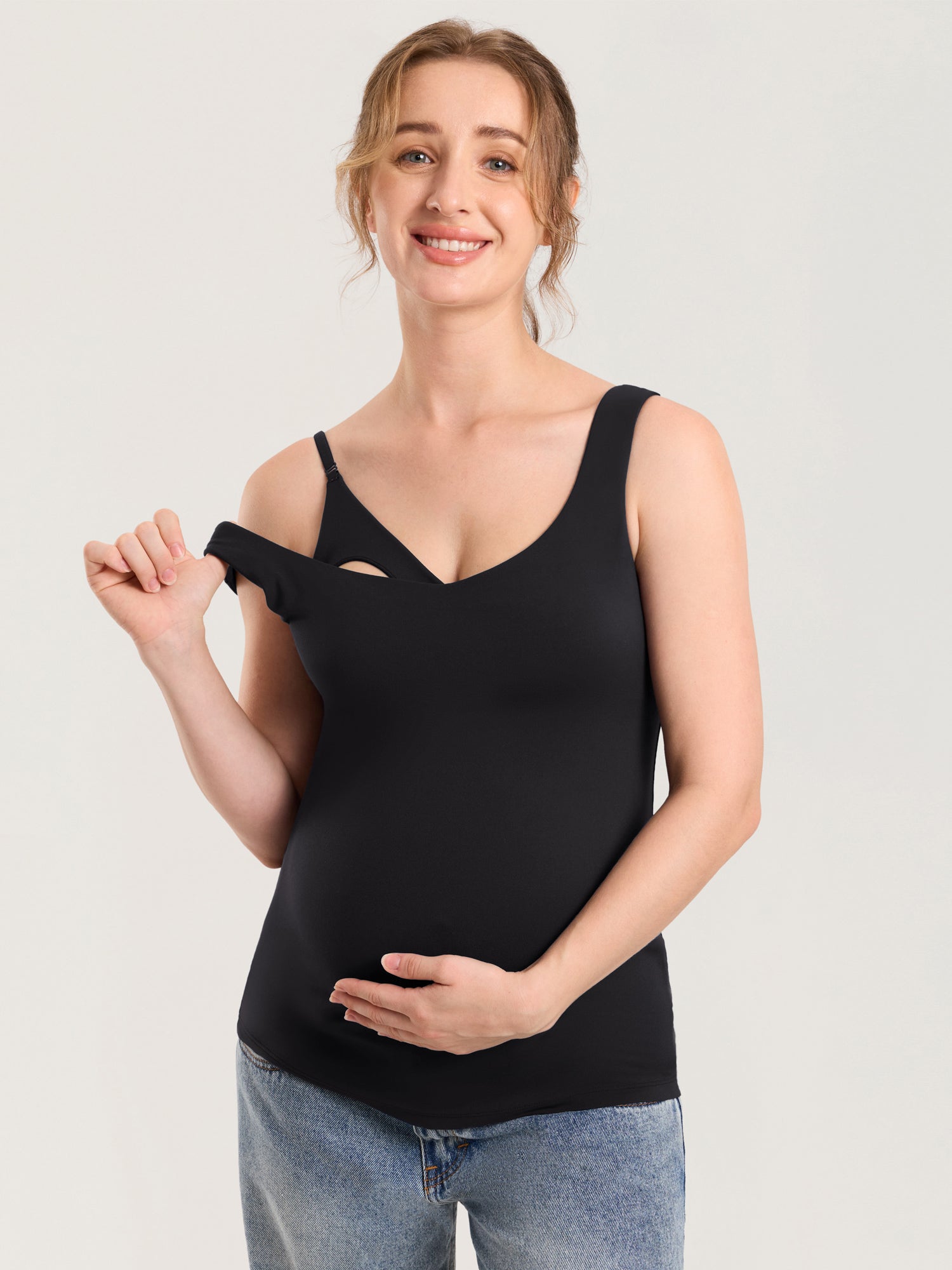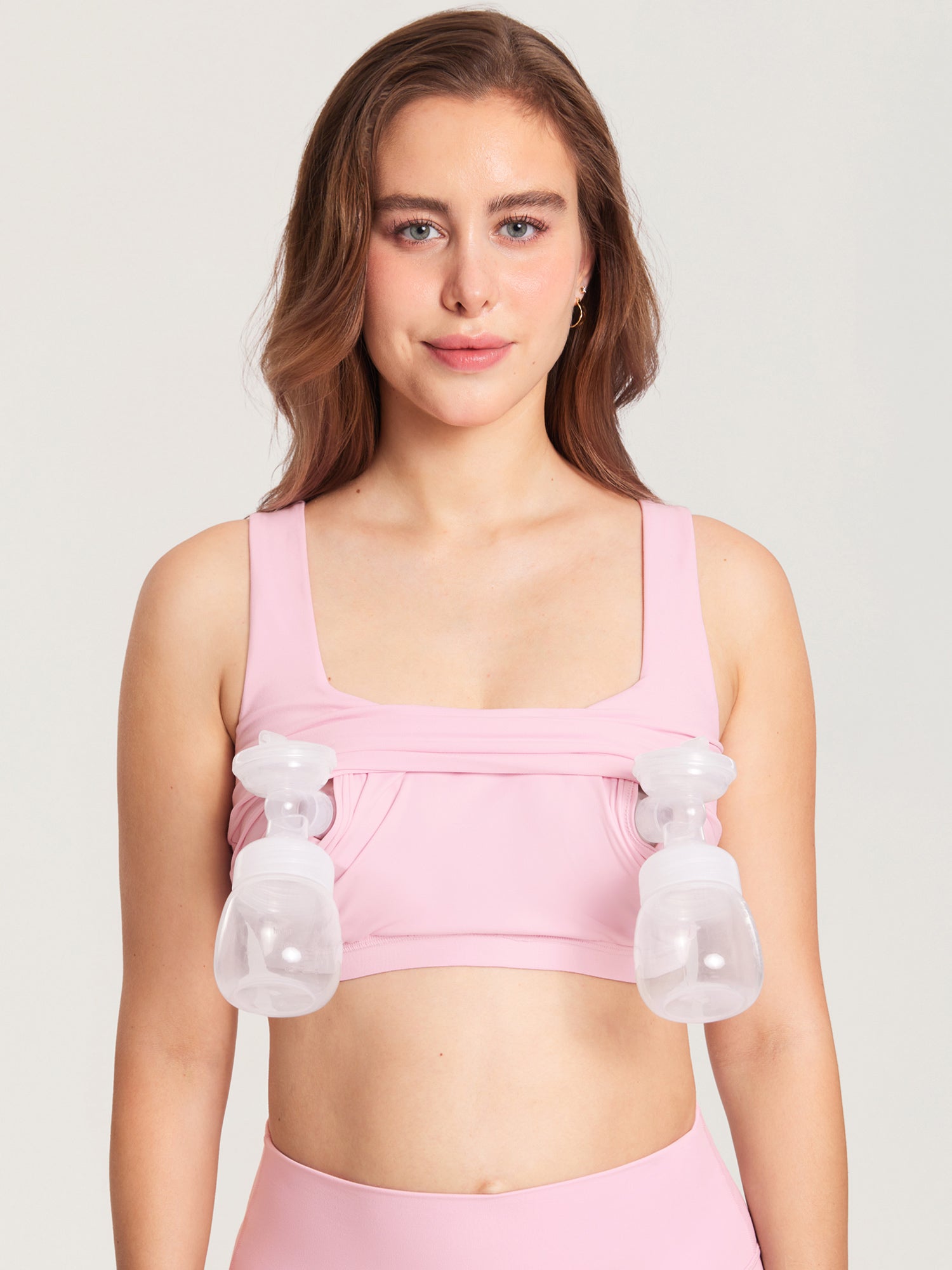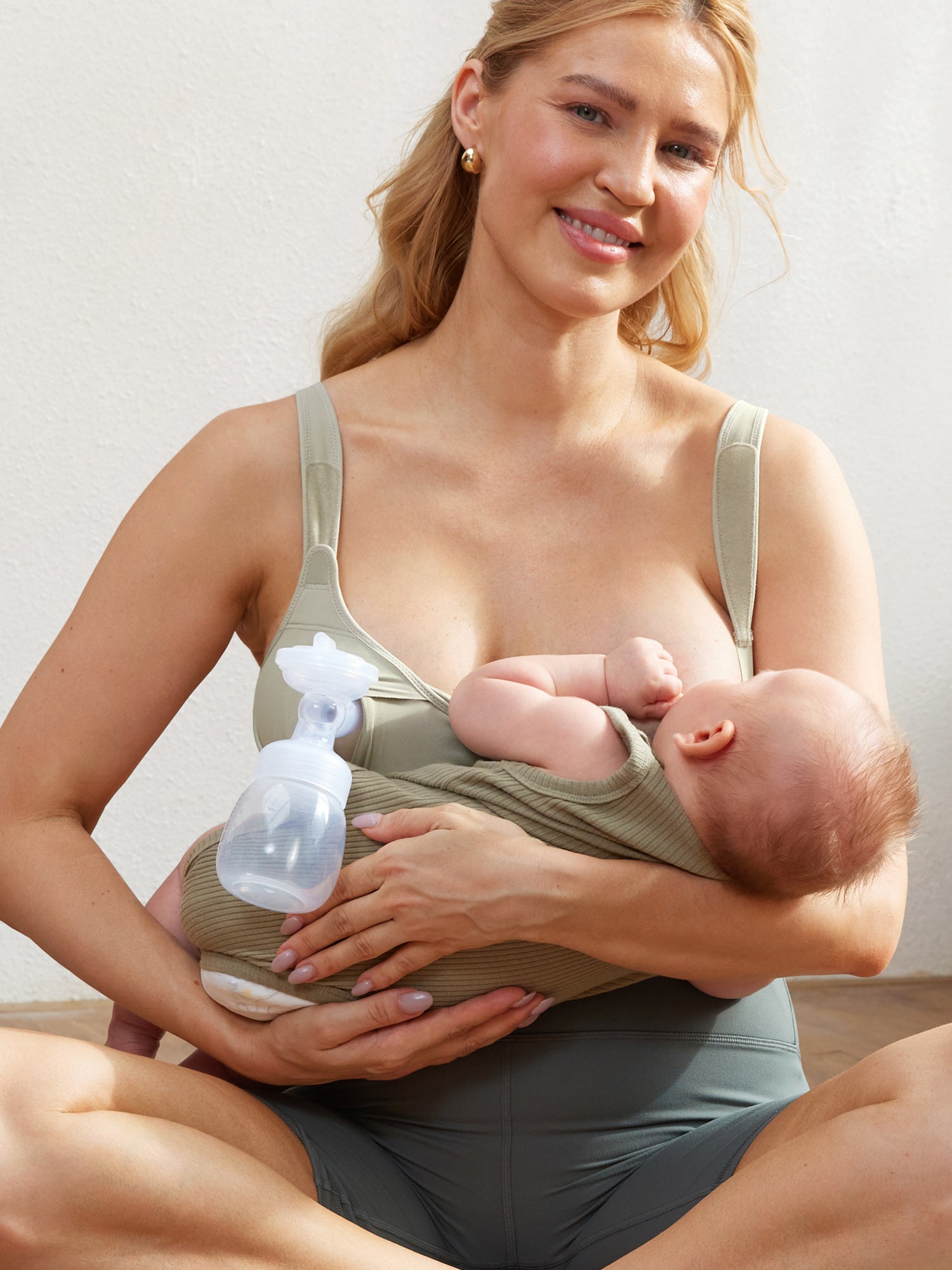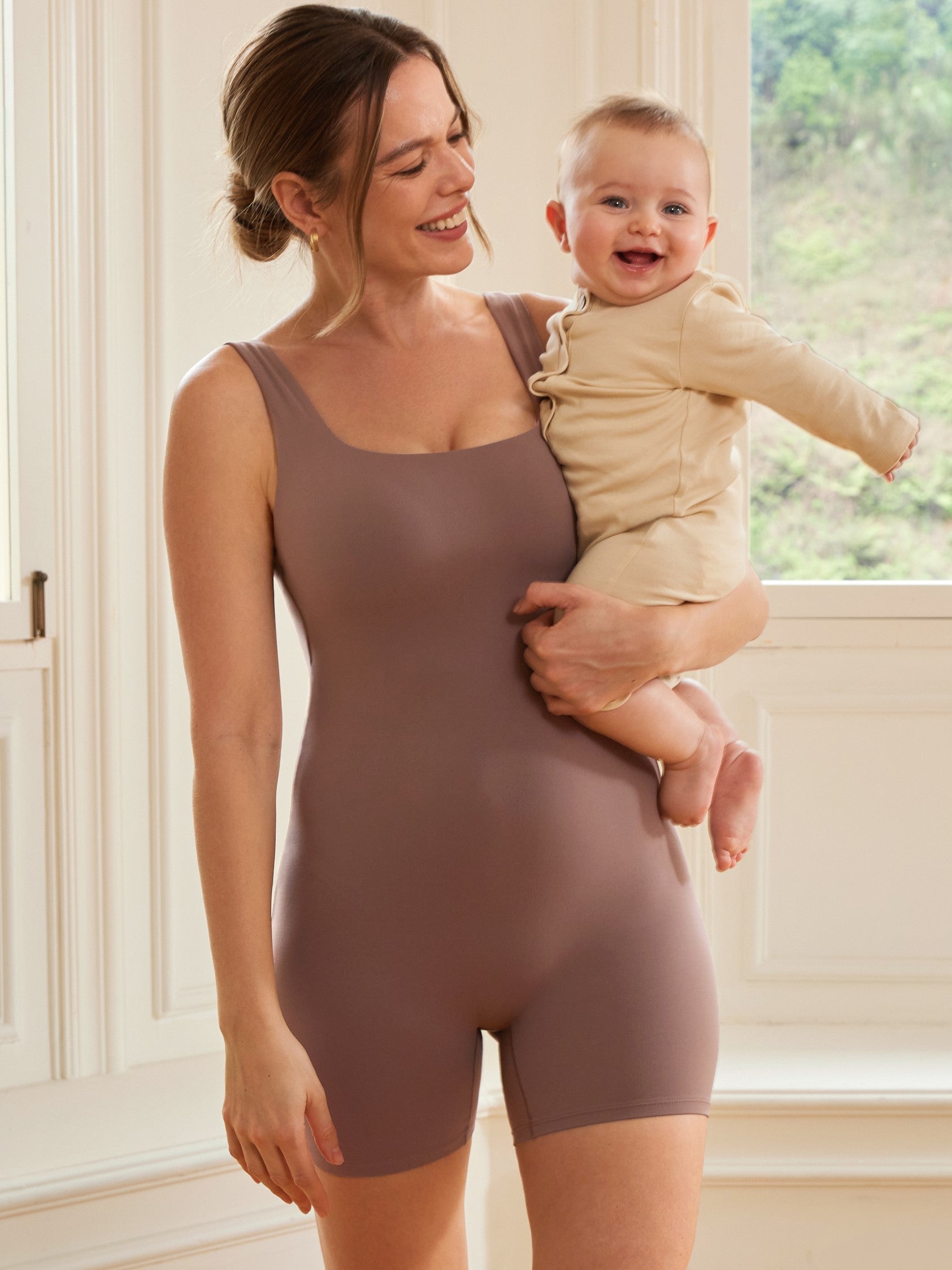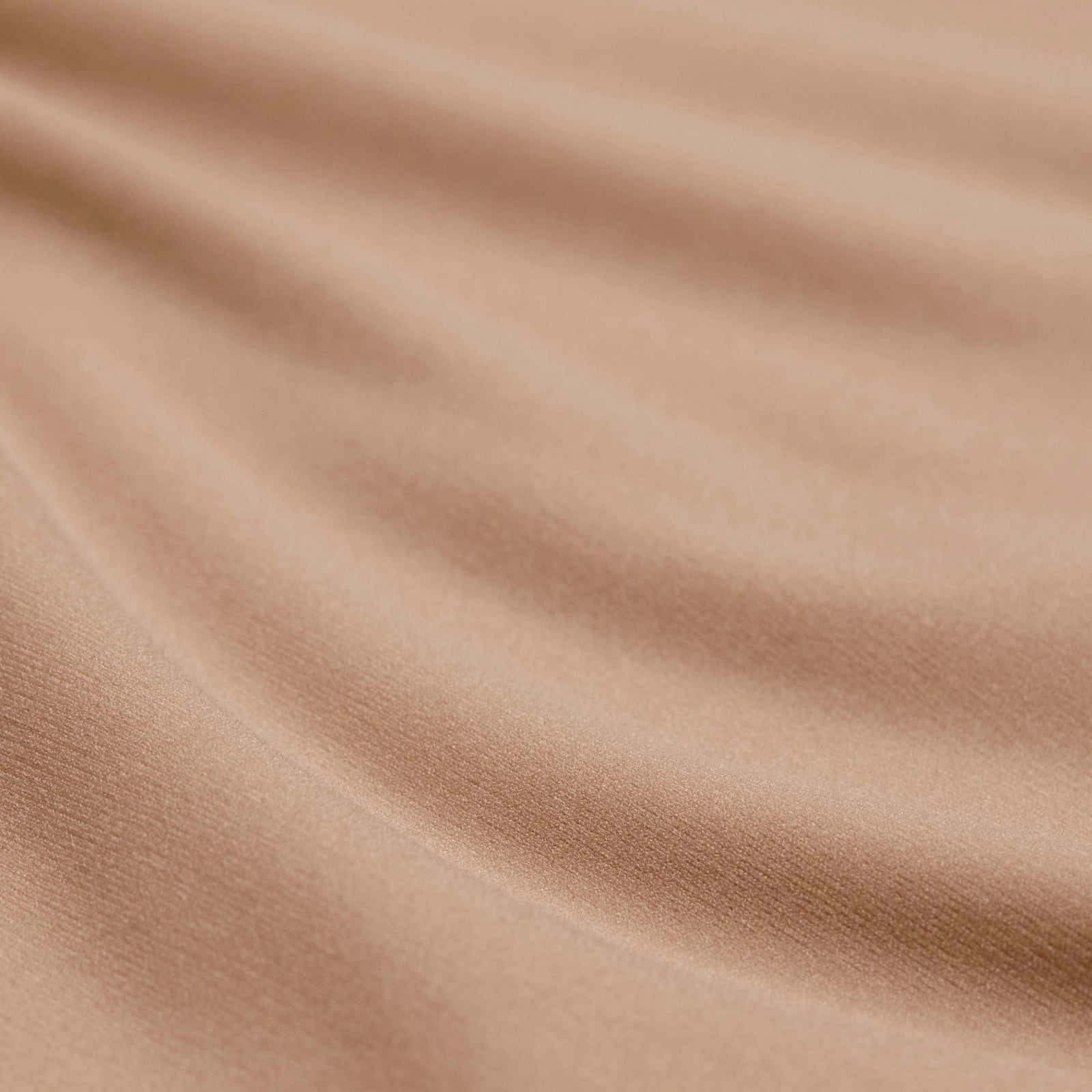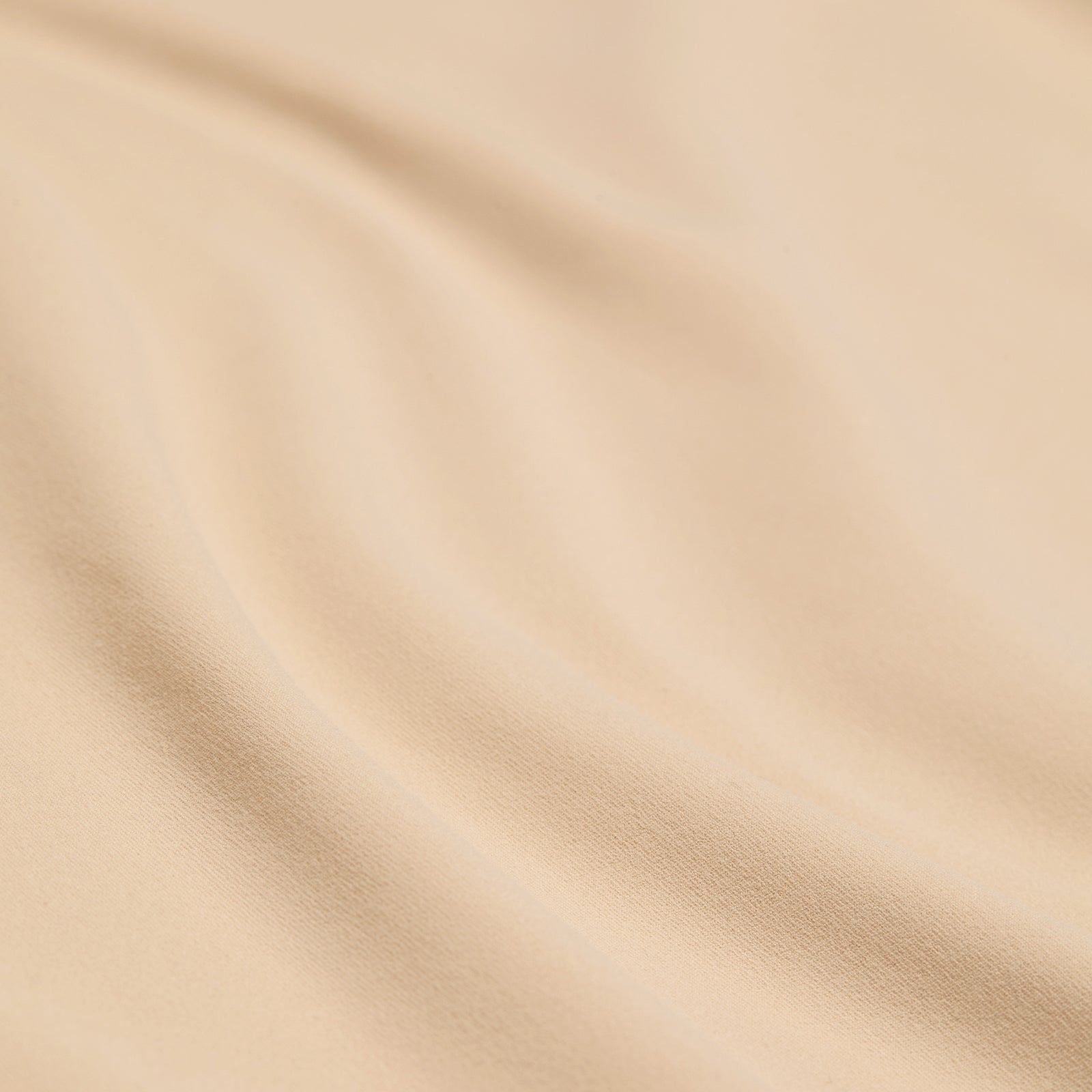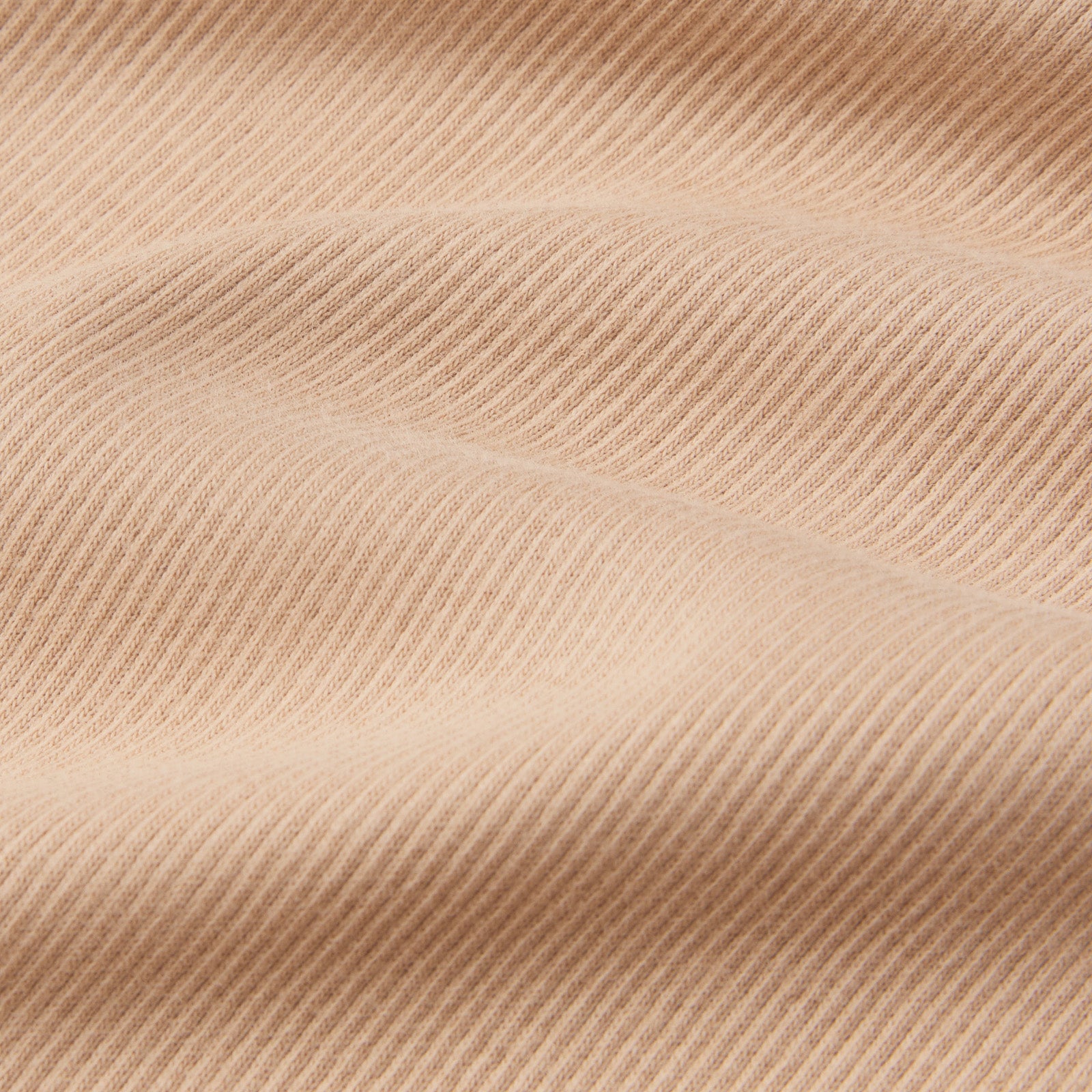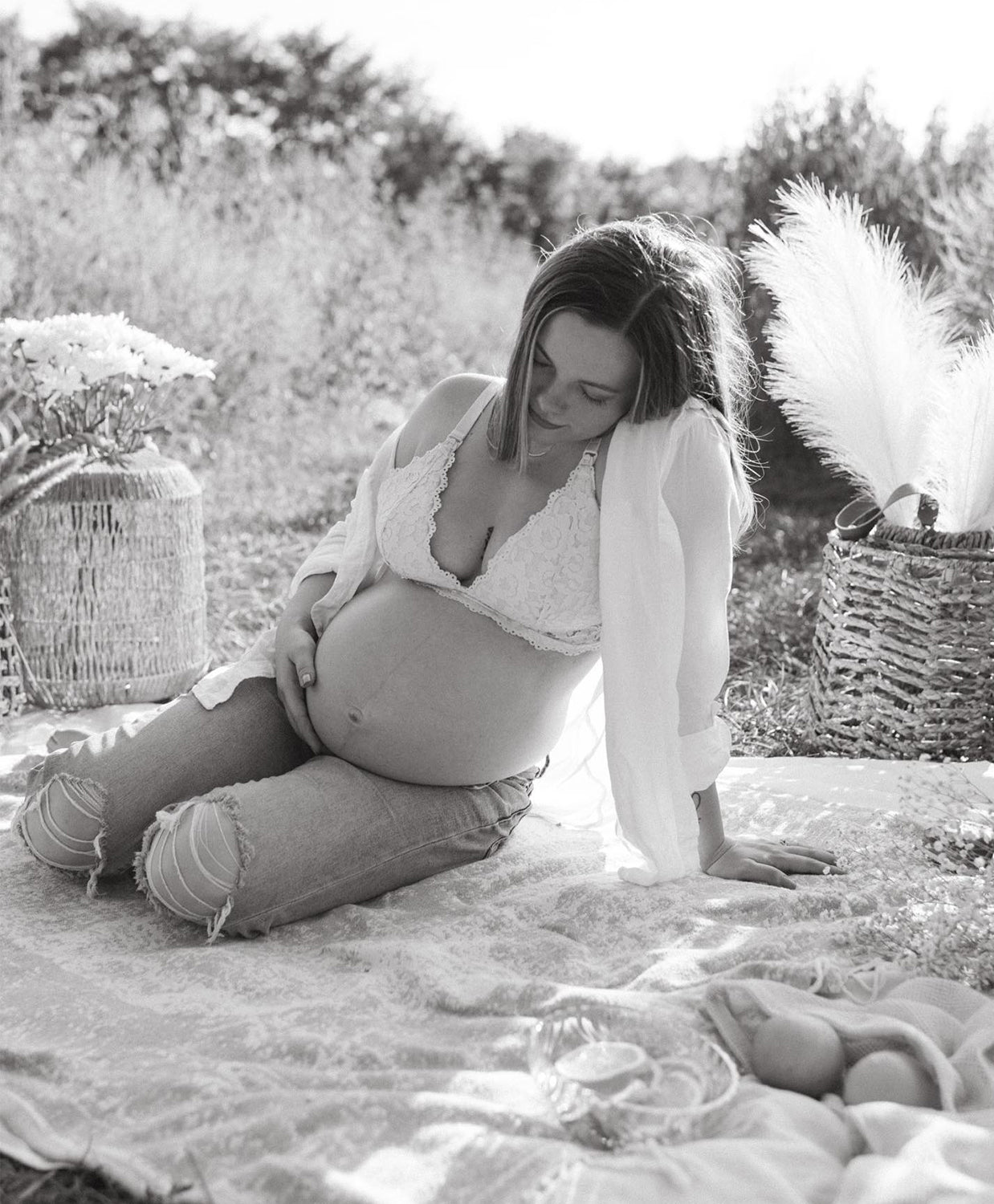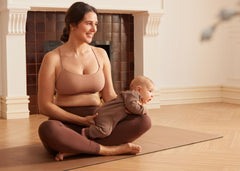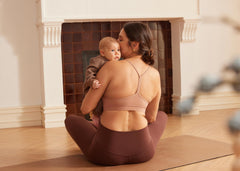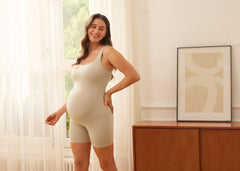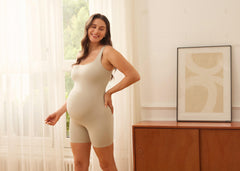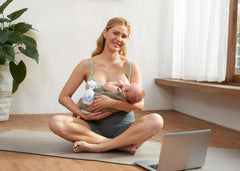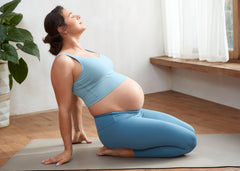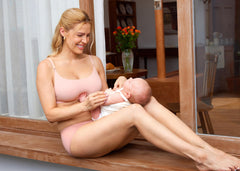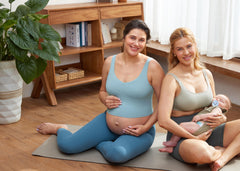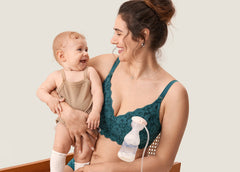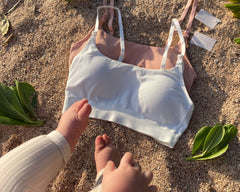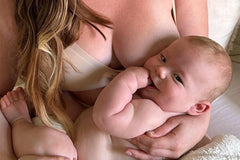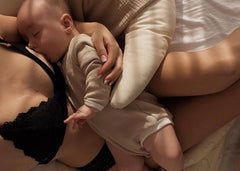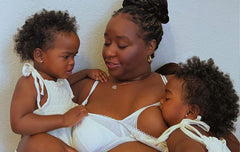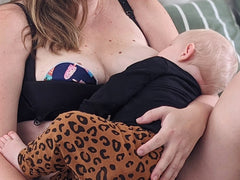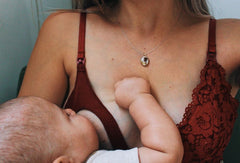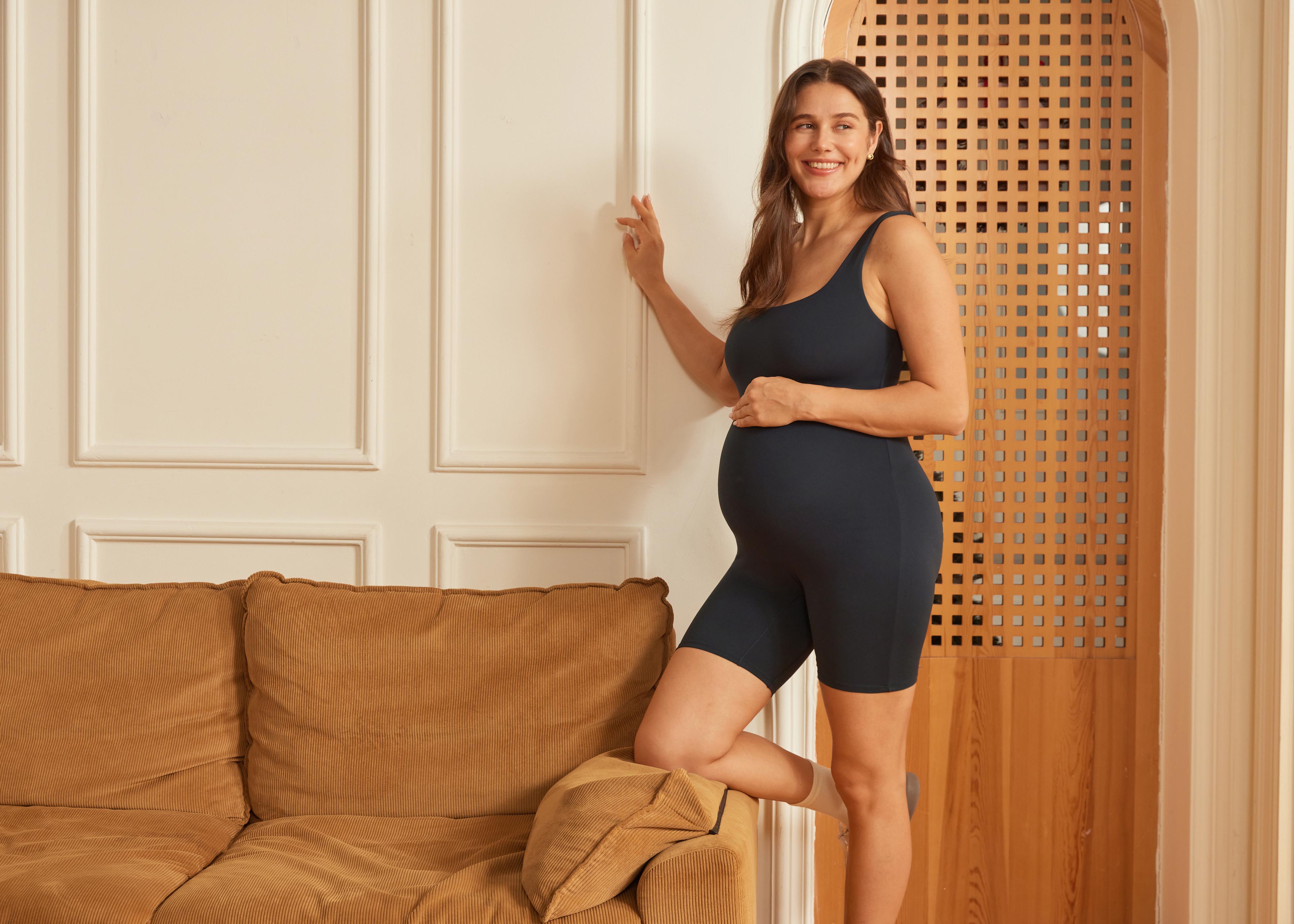Recovering from a C-section is a significant experience, both physically and emotionally. While a lot of focus is placed on the baby’s needs during the postpartum period, it’s crucial for new moms to prioritize their own selfcare and recovery.This guide will highlight the top items and practices that new moms should consider after a C-section to support both their physical and emotional recovery.
1. Comfortable Clothing for Post-C-Section Recovery
After a C-section, comfort is paramount. Your body has undergone major surgery, and it’s essential to wear clothing that doesn't add unnecessary discomfort. Opt for loose-fitting clothes that don’t rub against your incision area. High-waisted pants, postpartum leggings, and soft maternity wear are excellent options. Choose cotton or bamboo fabrics that are breathable and gentle on sensitive skin.
Additionally, having a supportive and comfortable bra is important. A wireless bra or nursing bra will be easy to use for breastfeeding and will avoid putting pressure on your incision. Keep in mind that your body will still be adjusting for weeks after delivery, so prioritize comfort over style during your recovery.
2. Postpartum Underwear with Extra Support
After a C-section, postpartum underwear designed for comfort and support will be one of your best investments. These specially designed underwear feature gentle compression, helping to support your abdominal muscles while they heal. They also help reduce any swelling and offer a secure fit around your incision, preventing it from rubbing against regular underwear. Maternity briefs or postpartum girdles with adjustable straps can help you feel secure and reduce discomfort as you move around.
3. Pain Relief for Post-C-Section Recovery
Pain management is a significant aspect of C-section recovery. Your doctor may prescribe pain medications, but there are other methods to help you feel better. Over-the-counter medications, such as acetaminophen or ibuprofen, can be effective in managing pain, but be sure to consult with your healthcare provider before taking anything. For additional relief, consider using cold packs or warm compresses on the incision area, which can reduce swelling and provide comfort. Some women also find relief in gentle massage around the lower abdomen to help ease the tension.
If you’re looking for more holistic approaches, herbal teas like ginger or chamomile can help soothe your body and calm any inflammation. Additionally, a meditation app or relaxation techniques can aid in reducing stress and anxiety during recovery.
4. Essential Nutrients for Healing
What you put into your body is just as important as what you do to care for it. The recovery process after a C-section requires extra nutrients to help repair the body and boost energy levels. A balanced diet rich in protein, vitamins, and minerals will play a critical role in healing. Focus on lean proteins like chicken, turkey, and fish, as well as whole grains, leafy greens, and healthy fats like avocado and nuts. Vitamin C and zinc are particularly essential for tissue repair, so include citrus fruits, berries, peppers, and pumpkin seeds in your meals.
Hydration is also a key factor in recovery, as staying well-hydrated supports blood flow, milk production, and healing. Drinking plenty of water throughout the day will help you feel energized and ready to tackle the demands of motherhood.
5. Postpartum Belly Binder or Support Band
One of the most useful tools for recovery is a postpartum belly binder or abdominal support band. These bands are designed to provide support to your abdominal muscles, which can feel weak and loose after a C-section. By wearing a binder or band, you can help provide gentle compression that reduces pain and supports the muscles as they heal. It also helps improve posture and supports the lower back, which can be weakened during recovery.
When choosing a belly band, ensure it’s adjustable, breathable, and made from soft materials to avoid irritation. Wearing this band during the day can make everyday activities, such as walking or breastfeeding, much more comfortable.
6. Personal Hygiene Products for Comfort
Maintaining personal hygiene after a C-section can be a delicate process. It’s essential to keep the incision area clean and dry to avoid infections. Stock up on mild, unscented soap and antibacterial wipes to gently cleanse the area around your incision. Peri bottles are a must-have for cleaning yourself after using the bathroom, and pads or maternity pads will absorb any bleeding as your body recovers.
Take care to wash your incision gently with warm water and avoid scrubbing or using harsh chemicals that could irritate the sensitive skin. Always follow the instructions your doctor provides regarding wound care to minimize any risk of infection.
7. Mental Health and Emotional Well-being Support
C-section recovery isn’t just about physical healing—it’s also about emotional and mental well-being. The pressure of caring for a newborn, adjusting to new motherhood, and recovering from surgery can sometimes lead to postpartum depression or anxiety. Make sure you have access to emotional support during this time.
Consider talking to a therapist, joining a support group, or speaking to friends and family who have experienced a similar recovery. Creating time for yourself, even if it's just a few quiet moments each day, can help you reset emotionally. Breathing exercises and mindfulness techniques can also be incredibly effective at reducing anxiety and promoting a sense of calm.
8. Assistance with Household Tasks and Baby Care
Having help at home during the early days of your recovery is vital. Enlist a supportive partner, family member, or close friend to assist with tasks such as cooking, cleaning, and caring for your baby. This can reduce the strain on your body and allow you to focus on recovery. Trying to take on too much too soon can interfere with your healing, so prioritize rest and delegate when possible. Meal delivery services or preparing meals in advance can also be incredibly helpful during this busy time.
9. Rest and Sleep for Post-C-Section Recovery
The importance of rest during recovery cannot be overstated. A C-section is a major surgery, and your body needs time to heal. However, new moms often struggle to get enough sleep due to the demands of their newborn. Try to sleep whenever your baby is sleeping, and don’t hesitate to ask for help from others so you can take naps throughout the day. Sleep aids, such as lavender-scented oils or a relaxation routine, can help you fall asleep more easily, even in the midst of the hustle and bustle of new motherhood.
Conclusion
Recovering from a C-section is an individual experience, but there are universal needs that all new moms share during this time. Prioritizing comfort, rest, proper nutrition, and emotional well-being can significantly ease the recovery process and help you bond with your baby. Make sure to invest in the right clothing, pain relief methods, and support systems, and don’t hesitate to ask for help when needed. Above all, be kind to yourself and remember that healing takes time.
FAQs
How soon can I start exercising after a C-section?
It’s recommended to wait until you’ve had your postpartum checkup (usually around 6 weeks) to begin any form of exercise. Your doctor will advise you on when it’s safe to resume activities.
Can I drive after a C-section?
It’s advised to avoid driving until you are no longer taking pain medications and feel comfortable moving freely. For most women, this takes about 2-6 weeks.
How long will it take for my C-section incision to heal?
The external incision typically heals in about 6 weeks, but complete internal healing can take several months. Be sure to monitor the incision site for any signs of infection and follow your doctor’s care instructions.

